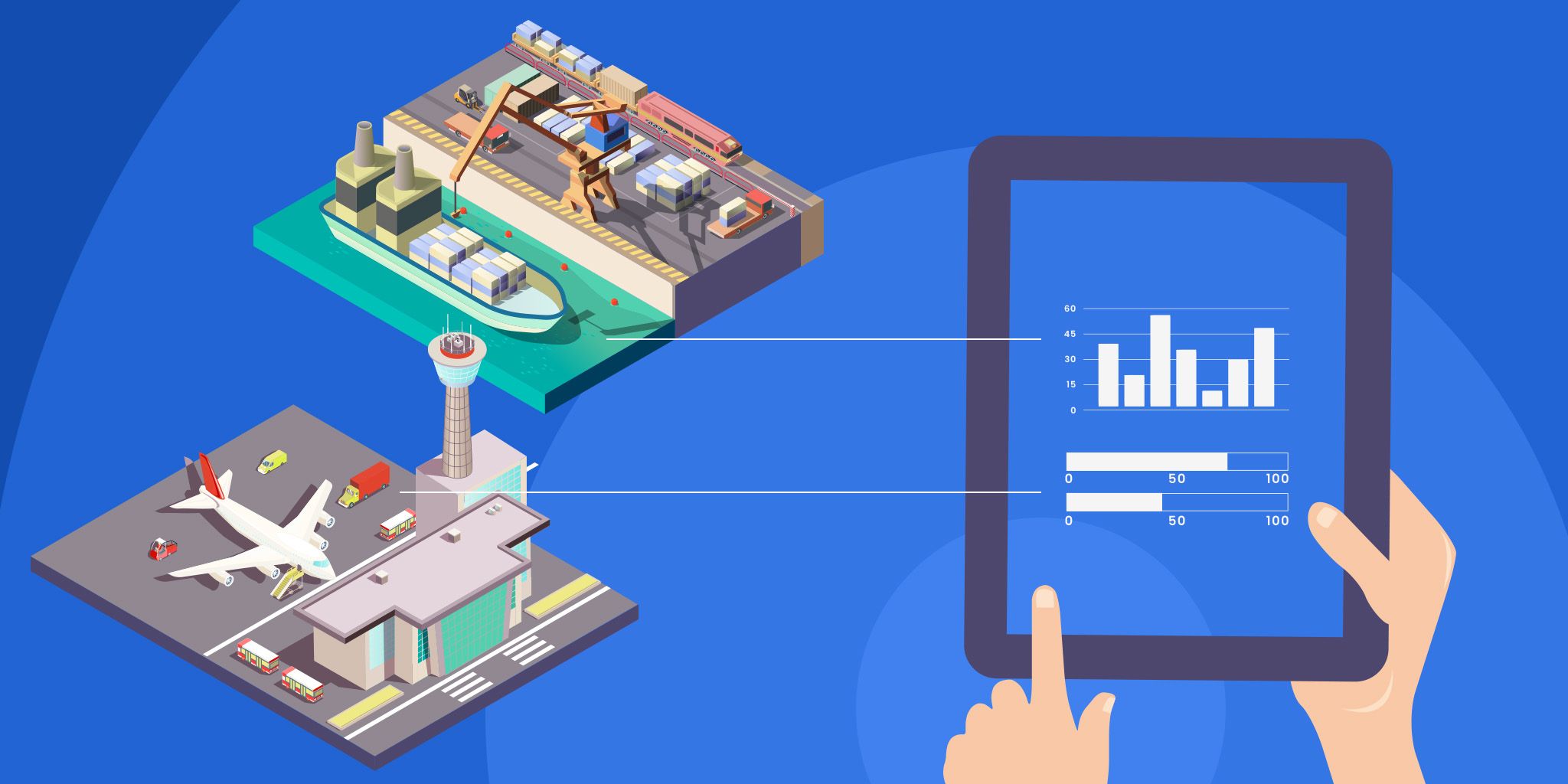From Static To Smart: The Rise Of IoT In Industrial Weighing Systems
From Static To Smart: The Rise Of IoT In Industrial Weighing Systems
- Last Updated: June 27, 2025
Rick Parsons
- Last Updated: June 27, 2025



Industrial weighing systems, which have long been dependent on rigid hardware and manual processes, are being reshaped by the Internet of Things (IoT). This shift is transforming scales from static measurement devices into intelligent, connected nodes that generate, transmit, and analyze weight data in real time.
The result: increased operational efficiency, predictive insights, and streamlined integration across industrial ecosystems. Here, we’ll briefly look into how IoT is enabling continuous data telemetry, edge-level analytic,s and real-time system interoperability within modern weighing infrastructures.
Edge-Based Processing and Smart Load Cell Architecture
Legacy weighing systems required human oversight to log and interpret weight readings. Today’s IoT-enabled alternatives incorporate embedded sensors and microcontrollers that digitize weight data at the point of measurement. These devices can process raw data locally (at the edge) and transmit it to centralized platforms via low-power wide-area networks (LPWAN), 4G/5G, or Wi-Fi.
This local intelligence minimizes latency and bandwidth usage while enabling real-time control feedback loops. Smart load cells integrated with strain gauges are capable of filtering noise and applying temperature compensation algorithms on-device, greatly improving accuracy and reliability. This is particularly critical in rugged or high-variability environments such as mining and chemical processing.
Real-Time Monitoring and Data Telemetry
By combining onboard telemetry with SCADA or cloud platforms, IoT weighing systems enable operators to visualize and respond to weight fluctuations instantly. Parameters like load distribution, tare weight, gross/net differentials, and cumulative flow can be monitored in real time via dashboards or mobile interfaces.
This capability is vital for use cases like commercial truck scales, where automated weigh-in-motion (WIM) systems gather and transmit axle-by-axle data as vehicles move across sensors. This data feeds directly into DOT compliance systems, flagging overweights in real-time and reducing the need for manual inspections.
Predictive Maintenance with Condition-Based Analytics
One of the most powerful innovations IoT introduces to weighing systems is predictive maintenance. Traditionally, maintenance was performed on a scheduled basis or after a failure occurred, often resulting in unnecessary service or catastrophic downtime.
IoT-enabled scales now leverage integrated diagnostics such as tilt angle monitoring, strain deviation detection, and load cycle analysis to predict component fatigue. These diagnostics feed into condition-based maintenance algorithms that alert technicians when calibration drift, mechanical stress, or electrical faults are likely to occur – before a breakdown halts operations.
Cloud-Based Integration and Interoperability
Data collected from smart weighing systems is no longer siloed. Through RESTful APIs and industrial protocols like MQTT, Modbus TCP, or OPC-UA, IoT scales integrate seamlessly with enterprise platforms, ranging from ERP and MES to inventory and quality management systems.
This interoperability allows for autonomous decision-making. For instance, when an IoT scale detects an out-of-spec weight on a conveyor line, it can trigger a PLC to divert the product automatically. In smart warehouses, aggregated scale data can inform dynamic reordering algorithms and warehouse space optimization, turning passive scales into active nodes in the industrial decision-making network.
Enhanced Calibration, Accuracy, and Compliance
IoT systems allow for remote, scheduled, or automated calibration routines based on environmental drift, usage cycles, or regulatory timelines. By continuously validating load cell outputs against baseline metrics, these systems reduce human error and meet stringent compliance standards for industries such as food processing, pharmaceuticals, and aerospace.
Connected Loads, Smarter Operations
The integration of IoT in industrial weighing is no longer a futuristic concept – it’s an operational imperative. By embedding intelligence, enhancing connectivity, and enabling predictive analytics, IoT transforms weighing systems from passive endpoints into active contributors in digital transformation strategies.
As AI models and machine learning continue to evolve, future IoT-enabled scales may support autonomous decision-making, allowing for dynamic system-wide adjustments without human intervention.
Rick Parsons is the Director of Marketing at Kanawha Scales & Systems, Inc., a premier provider of weighing and total industrial control solutions. Parsons has extensive experience in sales and marketing across the industrial automation and apparel industries. He specializes in sales management, marketing strategy, and customer satisfaction, bringing a wealth of expertise in sales training, business planning, and coaching. Parsons holds a Bachelor of Business Administration in Marketing from Marshall University and is dedicated to driving business success through innovative marketing solutions.
The Most Comprehensive IoT Newsletter for Enterprises
Showcasing the highest-quality content, resources, news, and insights from the world of the Internet of Things. Subscribe to remain informed and up-to-date.
New Podcast Episode

The State of Smart Buildings
Related Articles




